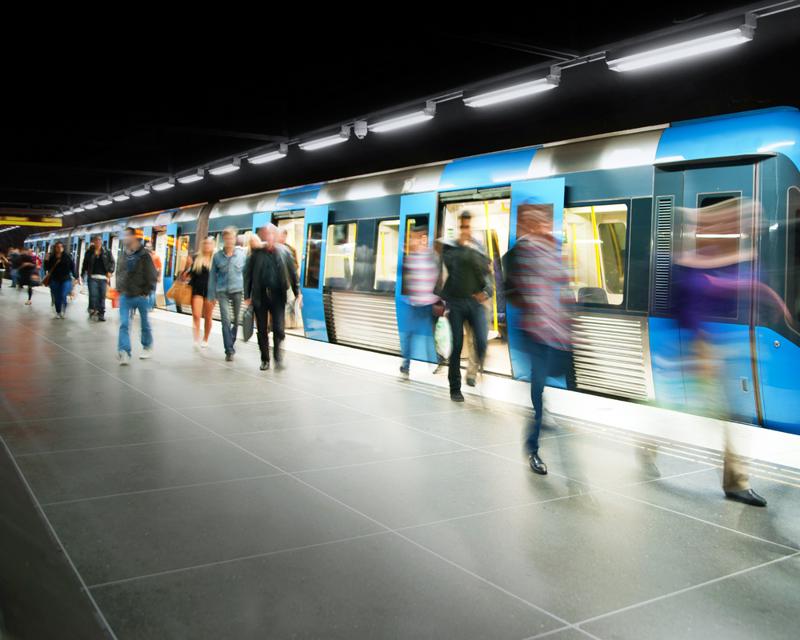
How IoT is helping improve public transportation
By Max BurkhalterApril 27, 2020
The internet of things has permeated almost every industry imaginable, from manufacturing and agriculture to hospitality and beyond. Businesses are leveraging IoT technologies to improve their situational awareness and maximize productivity, while governments are using them to better understand threats to public health and safety. One area where IoT is just starting to establish a foothold, however, is public transportation.
Back in 2016, The Department of Transportation launched a new project aimed at modernizing transit systems across the country. The Mobility on Demand (MOD) Sandbox program seeks to integrate new technologies and concepts into public systems to offer more flexibility and convenience to riders. This traveler-centric approach would provide passengers with on-demand information about local transportation options - taxis, buses, trains, etc. - and offer real-time updates on scheduling. The DOT is also looking to incorporate predictive analytics to help personalize travelers' transportation choices.
Improving efficiency with big data
As part of the MOD program, researchers are hoping to collect as much data on passenger behaviors and preferences as possible. This will not only help the DOT understand the full scope of public transportation usage, it may also provide insight into which IoT features travelers are most interested in. According to the American Public Transportation Association, Americans took an estimated 9.9 billion trips on public transit in 2018. Despite their near-ubiquity, roughly 45% of U.S. citizens do not have access to any public transit options, especially those living in rural areas.
Collecting and analyzing a massive amount of passenger data may also give transportation officials a better sense of service interruptions and delays. This, in turn, could help make trains and buses more efficient, convenient and comfortable.

Smart transportation
In terms of specific use cases for IoT in public transit, a 2020 article from Business Insider spotlighted several ways technology can improve passenger experiences. For one, outfitting buses and trains with WiFi capabilities would give travelers access to reliable internet connections. This would allow citizens to use their personal devices without consuming large amounts of data, which is particularly helpful for commuters.
Some U.S. cities are also using IoT to optimize their transportation routes, enhance roadway safety and reduce infrastructure costs. Predictive maintenance is also an important feature of smart public transit - the ability to detect potential maintenance issues before they put vehicles out of service can help reduce delays and cancelations. To achieve this level of insight, however, companies would first need to install IoT sensors in all of their vehicles.
In terms of infrastructure, the DOT is looking at installing passenger safety devices in bus and train stations around the country. Using facial recognition, behavioral analysis and artificial intelligence, transportation officials would be able to respond to potential emergencies in real-time, from sudden heart attacks to threats of vandalism.
While these advanced computing capabilities are still under development, it's likely U.S. public transit will see a major overhaul in the years ahead. To remain flexible in the face of such drastic changes, transportation companies need to ensure their networking equipment can handle the increased traffic from their fleets of IoT devices and sensors. Luckily, Perle offers industrial-grade connectivity tools that can keep internal systems running at peak efficiency. To learn more, read some of our customer stories.



